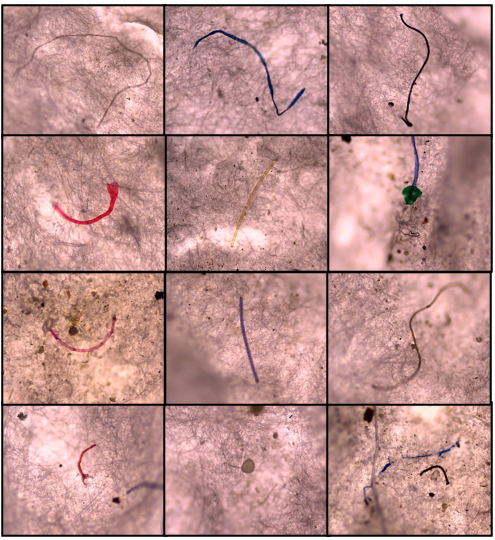VOLUME 16 (Supplement)

SciEnggJ 16 (Supplement) 010-017
available online: May 21, 2023
*Corresponding author
Email Address: fatima.natuel@lspu.edu.ph
Date received: February 04, 2022
Date revised: January 31, 2023
Date accepted: February 02, 2023
DOI: https://doi.org/10.54645/202316SupBDL-47
ARTICLE
Microplastic occurrence in rural and urban surface waters: the cases of Lake Sampaloc and Lake Yambo in San Pablo City, Laguna, Philippines
University of the Philippines Los Baños, College, 4031 Laguna,
Philippines
2Institute of Biological Sciences, University of the Philippines Los Baños,
College, 4031 Laguna, Philippines
3Faculty of Science and Engineering, Chuo University, 1-13-27 Kasuga, Bunkyo-ku, Tokyo 112-8551, Japan
Los Baños, Laguna, Philippines
4College of Arts and Sciences, Laguna State Polytechnic University,
San Pablo City, 4000 Laguna, Philippines
The widespread microplastic occurrence has invaded both marine and freshwater ecosystems. However, most studies are focused on marine microplastics and there is still insufficient knowledge and understanding of microplastics in freshwater ecosystems like small lakes. Known as one of the largest contributors of plastics to the aquatic environment, the Philippines has begun ventures on studying microplastic pollution, although, still, there are no accurate figures on the extent of the microplastic problem in the country, especially in its freshwater environment. In this study, a comparative assessment of microplastic concentration and characterization between Lake Yambo, an ecotourism and rural lake, and Lake Sampaloc, an aquaculture and urbanized lake, in San Pablo City, Laguna, Philippines was conducted through microplastic isolation and optical examination. Results revealed that the average microplastic concentration in Lake Sampaloc and Lake Yambo ranges from 483 to 989 n/m3 and 344 to 789 n/m3, respectively. Generally, the sampling sites in Lake Sampaloc had a higher mean concentration of microplastics than those in Lake Yambo. The key features of the microplastics detected in the surface waters of the studied lakes are fibrous, colored, and small-sized (<2 mm). In addition to proving the assumption that there are more microplastics observed in a highly-populated or urbanized freshwater ecosystem like Lake Sampaloc, this study also contributed to the meager evidence that microplastics are present even around scarcely-populated lakes like Lake Yambo. The outcome of this study is relevant for the local government unit (LGU) of San Pablo to make sustainable environmental policies regarding plastic waste management and disposal.
© 2025 SciEnggJ
Philippine-American Academy of Science and Engineering